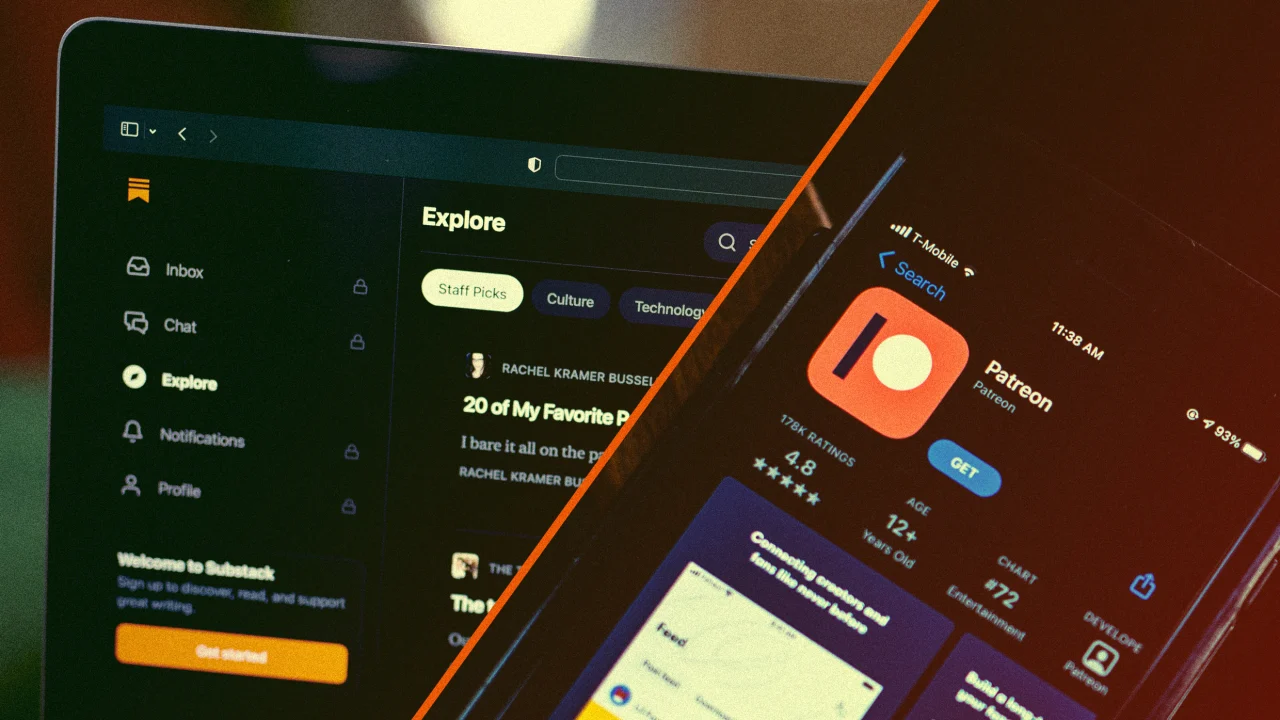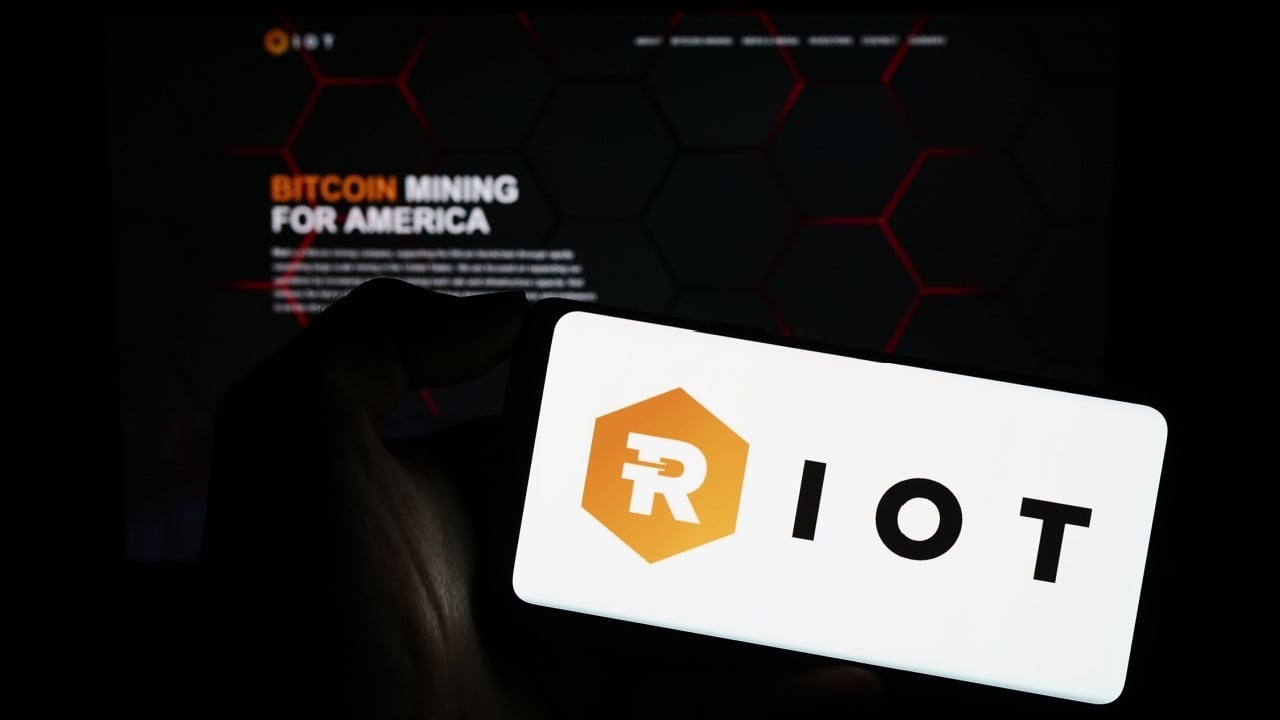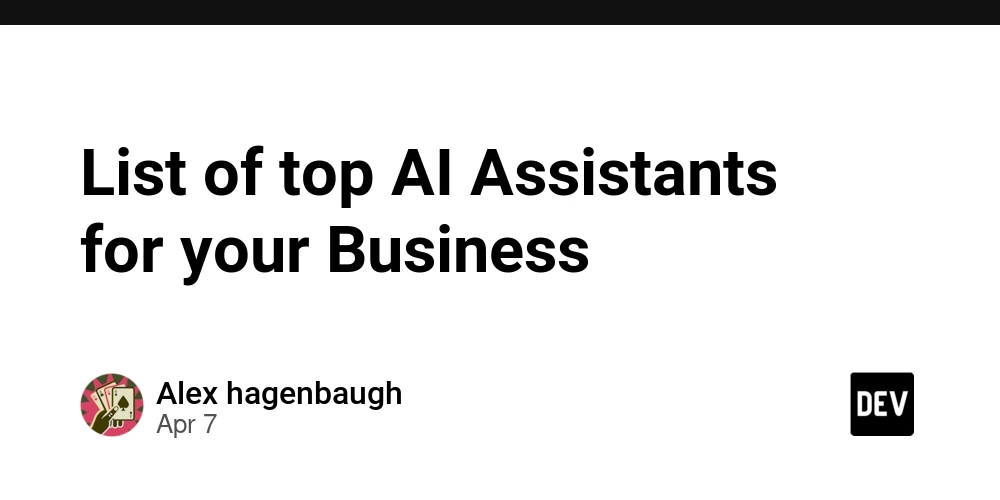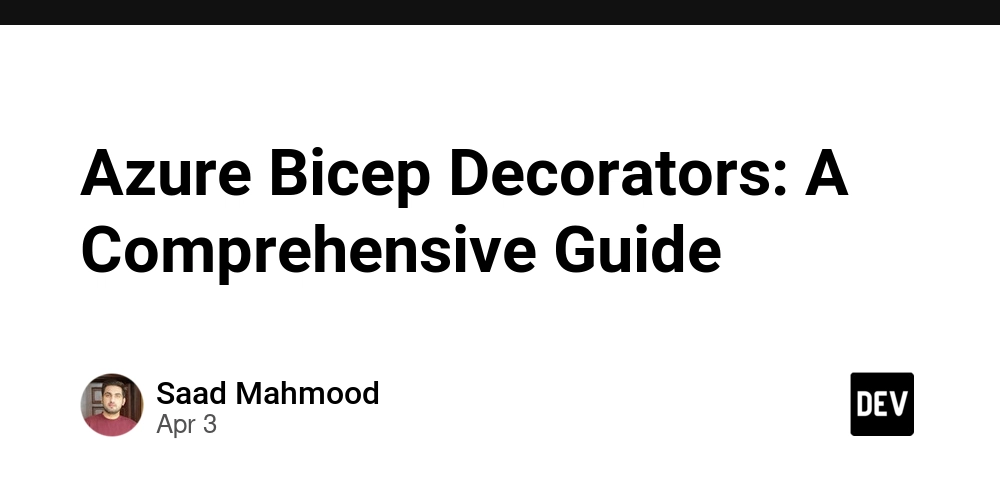Top 5 Benefits of Verifiable Credentials in Higher Education
The landscape of higher education is rapidly evolving, driven by digital transformation and the urgent need for secure, efficient, and trustworthy academic credentialing. Verifiable credentials in higher education are at the forefront of this change, offering a robust alternative to traditional paper-based certificates. As universities, colleges, and employers seek more reliable ways to authenticate qualifications, digital credentials—powered by blockchain and decentralized identity—are becoming essential for academic credential authenticity, fraud prevention, and student mobility. In this article, we'll explore the top five benefits of adopting verifiable credentials in higher education, showing how they address the challenges of secure academic transcripts, streamline verification, and set a new standard for trustworthy academic credentials. Whether you’re an educator, administrator, or student, understanding these benefits will help you navigate the future of education credential verification. 1. Enhanced Security and Fraud Prevention Credential fraud is a persistent problem in academia. Traditional paper certificates are vulnerable to forgery, loss, and damage, making it difficult for institutions and employers to trust the authenticity of academic achievements. Verifiable credentials solve this by leveraging advanced encryption and blockchain technology, making each credential tamper-proof and easily authenticated. Blockchain in education ensures that digital diplomas and transcripts cannot be altered or replicated, providing a secure foundation for higher education credential security. Digital identity verification links each credential to an individual’s verified identity, preventing impersonation and unauthorized use. Universities that adopt blockchain verification for degrees effectively eliminate the risk of diploma fraud, enhancing the reputation and trustworthiness of their academic programs. Related reading: Learn more about how blockchain-powered verifiable credentials prevent fraud in education. 2. Seamless and Instant Credential Verification Manual verification of academic records is often slow, costly, and prone to errors. With digital credential solutions, institutions and employers can verify academic achievements instantly and securely online. Online degree verification reduces administrative workload and accelerates decision-making in admissions and hiring. Secure degree verification systems allow HR professionals and admissions officers to validate qualifications with a single click, eliminating the need for time-consuming manual checks. Real-time verification enhances the student experience by enabling graduates to share their credentials with potential employers or other institutions instantly. A case study from a multinational corporation showed a 50% reduction in background check times after implementing a digital credential management platform, highlighting the operational efficiency of these systems. Explore more: Discover the benefits of digital credential platforms for seamless verification. 3. Empowering Student Mobility and Lifelong Learning The modern academic journey is rarely linear. Students now pursue diverse learning paths, including micro-credentials, stackable qualifications, and international programs. Verifiable credentials support this flexibility by providing portable, interoperable, and easily shareable records3. Micro-credentials and digital badges in higher education allow students to showcase specific skills and achievements, supporting modular and lifelong learning. Stackable credentials enable learners to build towards degrees over time, enhancing accessibility and retention. Digital badges and certificates can be shared across platforms like LinkedIn, increasing visibility and employability for graduates. By adopting student credentialing systems that support verifiable digital credentials, institutions foster greater student mobility and adaptability in a rapidly changing job market. Further reading: Understand what micro-credentials are and how they benefit students and employers. 4. Cost Savings and Operational Efficiency Transitioning from paper-based to digital credentials brings significant cost and efficiency benefits for higher education institutions. Eliminates expenses related to printing, shipping, and storing physical certificates. Automates the issuance, management, and verification of credentials, freeing up administrative resources for strategic initiatives. Reduces the risk of lost or damaged documents, ensuring that academic achievements are always accessible and verifiable. A leading university reported a 40% reduction in operational costs after switching to verifiable digital credentials, demonstrating the financial and logistical advantages of digital transformation in credential management. Learn more: See how digital credential platforms drive efficiency and cost savi

The landscape of higher education is rapidly evolving, driven by digital transformation and the urgent need for secure, efficient, and trustworthy academic credentialing. Verifiable credentials in higher education are at the forefront of this change, offering a robust alternative to traditional paper-based certificates. As universities, colleges, and employers seek more reliable ways to authenticate qualifications, digital credentials—powered by blockchain and decentralized identity—are becoming essential for academic credential authenticity, fraud prevention, and student mobility.
In this article, we'll explore the top five benefits of adopting verifiable credentials in higher education, showing how they address the challenges of secure academic transcripts, streamline verification, and set a new standard for trustworthy academic credentials. Whether you’re an educator, administrator, or student, understanding these benefits will help you navigate the future of education credential verification.
1. Enhanced Security and Fraud Prevention
Credential fraud is a persistent problem in academia. Traditional paper certificates are vulnerable to forgery, loss, and damage, making it difficult for institutions and employers to trust the authenticity of academic achievements. Verifiable credentials solve this by leveraging advanced encryption and blockchain technology, making each credential tamper-proof and easily authenticated.
- Blockchain in education ensures that digital diplomas and transcripts cannot be altered or replicated, providing a secure foundation for higher education credential security.
- Digital identity verification links each credential to an individual’s verified identity, preventing impersonation and unauthorized use.
- Universities that adopt blockchain verification for degrees effectively eliminate the risk of diploma fraud, enhancing the reputation and trustworthiness of their academic programs.
Related reading: Learn more about how blockchain-powered verifiable credentials prevent fraud in education.
2. Seamless and Instant Credential Verification
Manual verification of academic records is often slow, costly, and prone to errors. With digital credential solutions, institutions and employers can verify academic achievements instantly and securely online.
- Online degree verification reduces administrative workload and accelerates decision-making in admissions and hiring.
- Secure degree verification systems allow HR professionals and admissions officers to validate qualifications with a single click, eliminating the need for time-consuming manual checks.
- Real-time verification enhances the student experience by enabling graduates to share their credentials with potential employers or other institutions instantly.
A case study from a multinational corporation showed a 50% reduction in background check times after implementing a digital credential management platform, highlighting the operational efficiency of these systems.
Explore more: Discover the benefits of digital credential platforms for seamless verification.
3. Empowering Student Mobility and Lifelong Learning
The modern academic journey is rarely linear. Students now pursue diverse learning paths, including micro-credentials, stackable qualifications, and international programs. Verifiable credentials support this flexibility by providing portable, interoperable, and easily shareable records3.
- Micro-credentials and digital badges in higher education allow students to showcase specific skills and achievements, supporting modular and lifelong learning.
- Stackable credentials enable learners to build towards degrees over time, enhancing accessibility and retention.
- Digital badges and certificates can be shared across platforms like LinkedIn, increasing visibility and employability for graduates.
By adopting student credentialing systems that support verifiable digital credentials, institutions foster greater student mobility and adaptability in a rapidly changing job market.
Further reading: Understand what micro-credentials are and how they benefit students and employers.
4. Cost Savings and Operational Efficiency
Transitioning from paper-based to digital credentials brings significant cost and efficiency benefits for higher education institutions.
- Eliminates expenses related to printing, shipping, and storing physical certificates.
- Automates the issuance, management, and verification of credentials, freeing up administrative resources for strategic initiatives.
- Reduces the risk of lost or damaged documents, ensuring that academic achievements are always accessible and verifiable.
A leading university reported a 40% reduction in operational costs after switching to verifiable digital credentials, demonstrating the financial and logistical advantages of digital transformation in credential management.
Learn more: See how digital credential platforms drive efficiency and cost savings.
5. Building Trust and Reputation with Reliable Academic Credentials
In a global education marketplace, reputation and trust are paramount. Reliable credentials for universities help institutions differentiate themselves and attract top talent by guaranteeing the authenticity and security of their academic records.
- Digital credentials with institution branding enhance credibility and visibility for both students and universities.
- Blockchain academic records serve as a public, immutable proof of achievement, building trust with employers, partners, and accrediting bodies.
- Transparent and verifiable credentialing processes support compliance with international standards and facilitate cross-border recognition of qualifications.
By embracing education technology solutions that prioritize trustworthy academic credentials, universities can strengthen their brand and foster greater confidence among stakeholders.
Related guide: Dive deeper into what digital credentials are and why they matter.
Conclusion
The adoption of verifiable credentials in higher education is transforming how academic achievements are issued, managed, and recognized. By enhancing security, streamlining verification, empowering student mobility, reducing costs, and building trust, digital credentials are setting a new standard for academic credential authenticity and reliability.
As the demand for secure, efficient, and future-ready credentialing grows, institutions that invest in digital credential solutions will be best positioned to meet the needs of students, employers, and global partners. The future of credentials in education is digital, decentralized, and verifiable—offering unprecedented benefits for all stakeholders.
What’s next?
- Discover the benefits of digital credential platforms
- Learn how blockchain powers verifiable credentials
- Explore the role of micro-credentials in modern education
- Understand the fundamentals of digital credentials
- See how digital identity verification enhances academic credential security
Ready to enhance your institution’s credentialing process? Explore innovative solutions and stay ahead in the future of education credential verification.















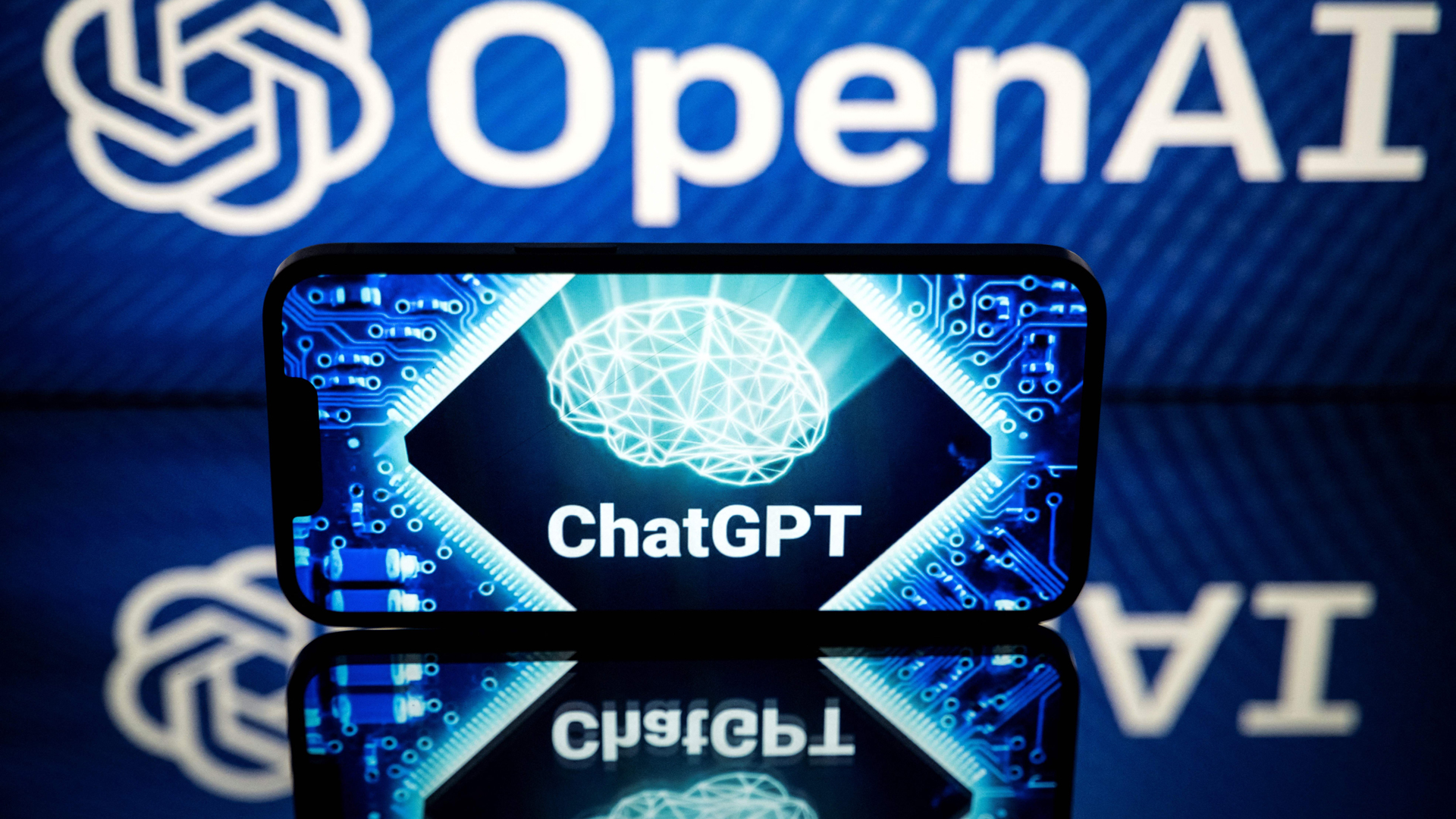






















































































































































![[The AI Show Episode 144]: ChatGPT’s New Memory, Shopify CEO’s Leaked “AI First” Memo, Google Cloud Next Releases, o3 and o4-mini Coming Soon & Llama 4’s Rocky Launch](https://www.marketingaiinstitute.com/hubfs/ep%20144%20cover.png)




















































































































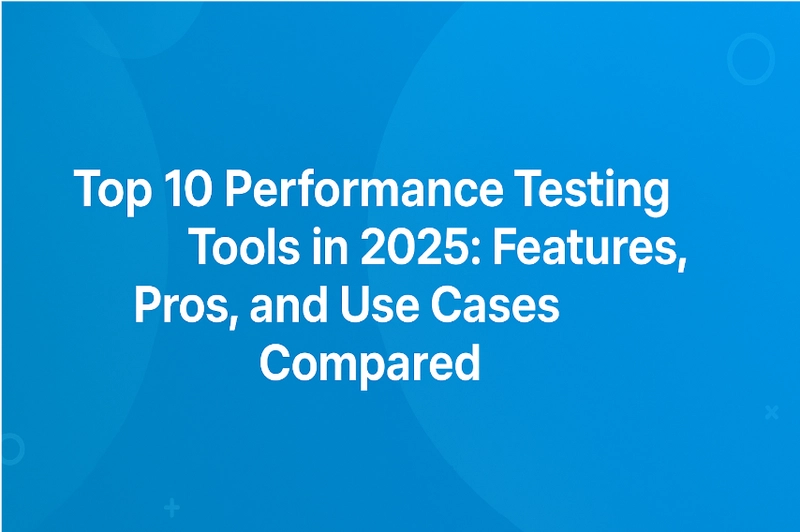











![[DEALS] Sterling Stock Picker: Lifetime Subscription (85% off) & Other Deals Up To 98% Off – Offers End Soon!](https://www.javacodegeeks.com/wp-content/uploads/2012/12/jcg-logo.jpg)

















































































































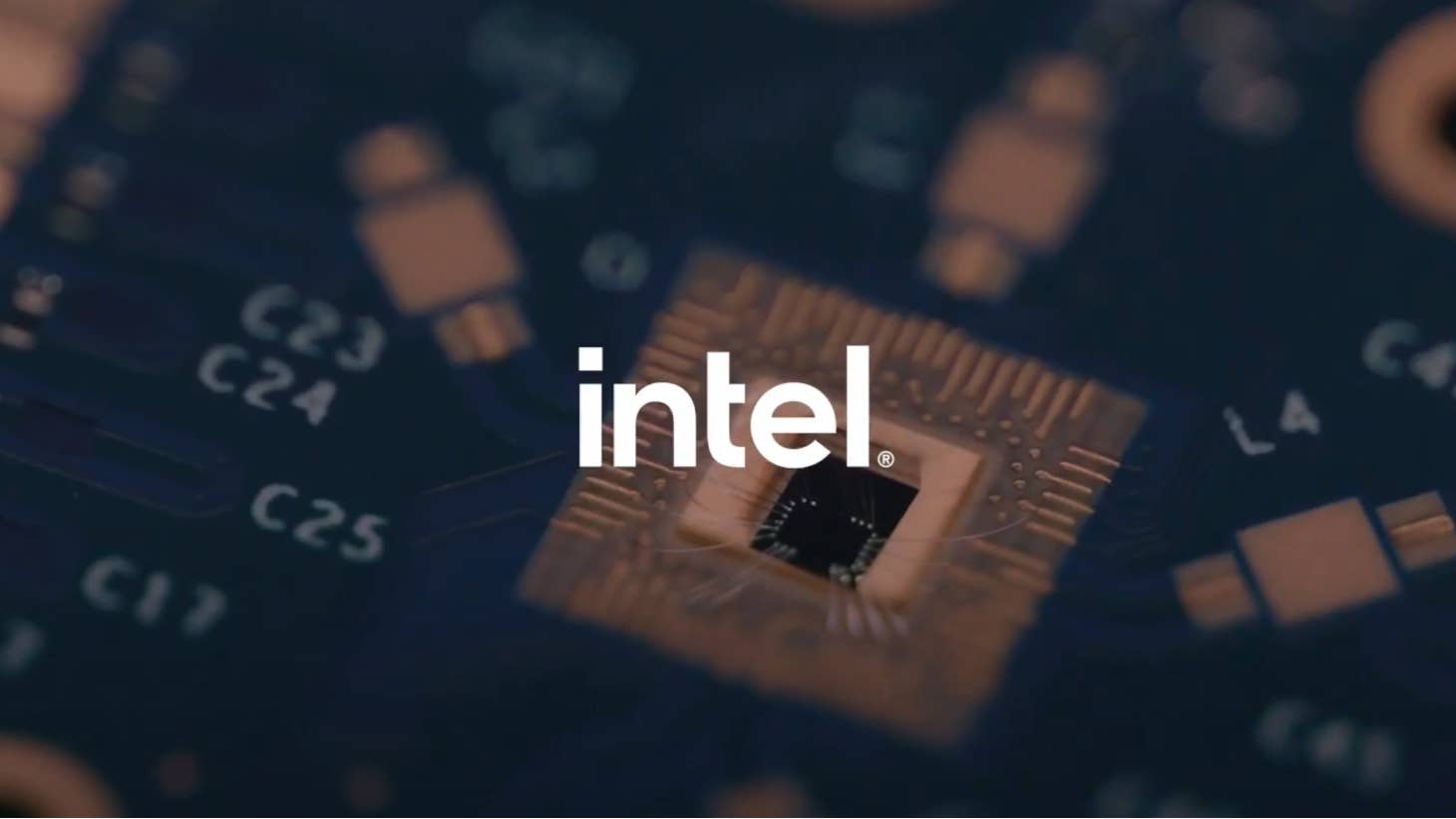




-This-LG-Smart-TV-is-an-Xbox-00-00-34.png?width=1920&height=1920&fit=bounds&quality=70&format=jpg&auto=webp#)

























_Olekcii_Mach_Alamy.jpg?width=1280&auto=webp&quality=80&disable=upscale#)














































































































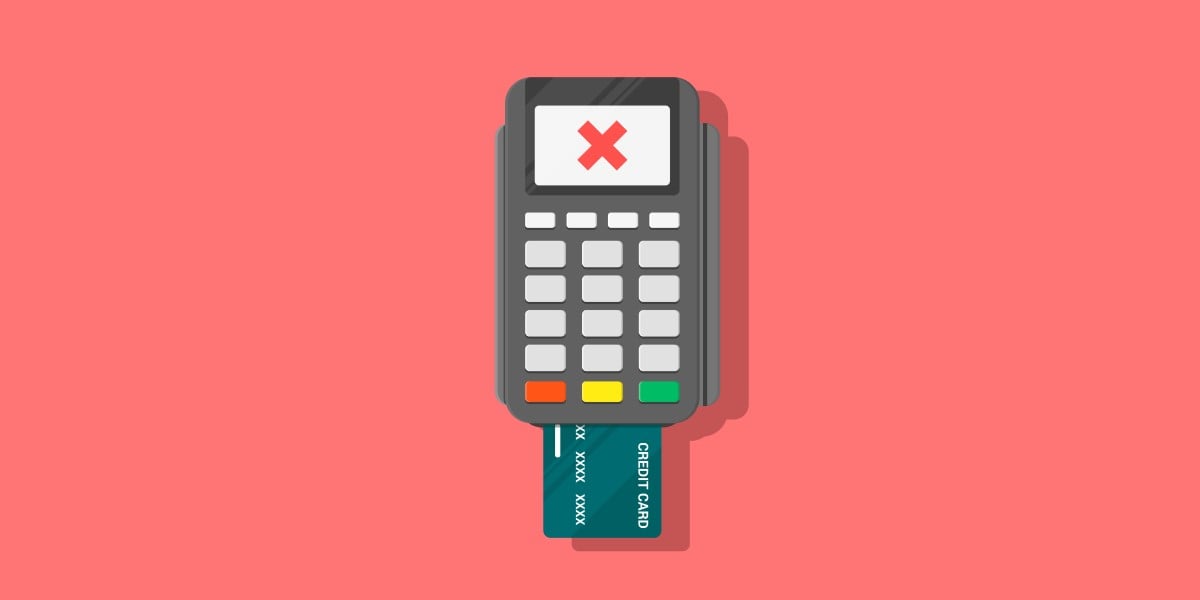




![M4 MacBook Air Drops to New All-Time Low of $912 [Deal]](https://www.iclarified.com/images/news/97108/97108/97108-640.jpg)
![New iPhone 17 Dummy Models Surface in Black and White [Images]](https://www.iclarified.com/images/news/97106/97106/97106-640.jpg)







































































